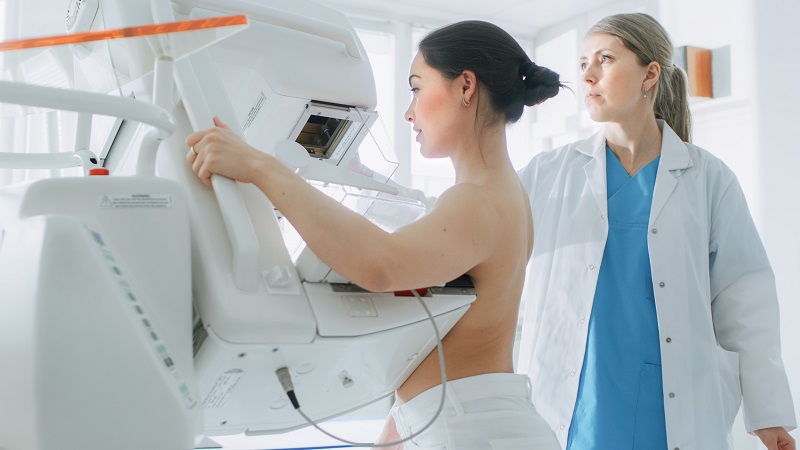
Regular screenings are an essential part of protecting yourself from cancer. As we learn more about how this condition behaves, we can come up with better ways to increase the likeliness of early detection. The U.S. Preventative Services Task Force issued updated mammography guidelines that made some significant changes from those released back in 2002. What do you need to know about the new recommendations?
Women in Their 40s May or Not Need Screenings Yet
Women ages 40 to 49 used to be advised to get regular mammograms. New guidelines suggest that this may be optional for some healthy women in this age group. The Task Force found that there is limited benefit when doing screenings for women in their 40s because results are much harder to read in younger women. This can cause patients to have to return for a repeat visit or biopsy only to find out it was a false positive. Additional tests and procedures usually must be performed to verify the condition. These can come with additional risks to the patient. That’s why some medical professionals back the new guidelines that suggest women should wait until they are 50 to get regular exams. This is not always the case. Speak with your gynaecologist to see what is right for you.
If You Have a Family History of Breast Cancer, You Need Screenings
The guidelines mentioned above are based on a patient who is healthy with no family history. If you have a first or second-degree relative who was diagnosed with breast cancer, then the recommendations will differ for you.
A first-degree relative would be an immediate family member like a mother, sister, or daughter. A second-degree relative would include family members that are one step beyond that, like an aunt or grandmother.
Talk to Your Doctor About Your Breast Cancer Risk
Different factors will affect your breast cancer risk and help determine when you should begin regular screenings. Talk to your Women’s Health OB/GYN to discuss factors that apply to you. Contact our offices today to schedule your appointment.
